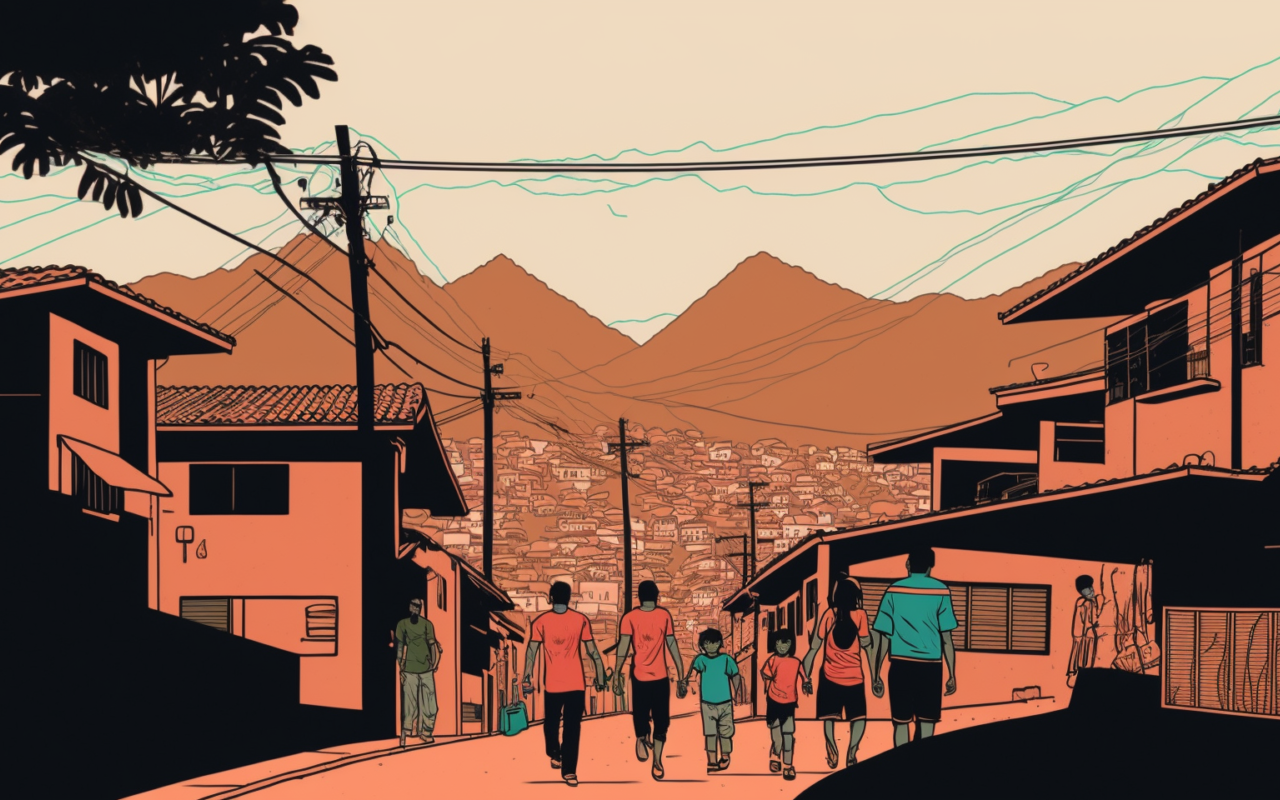How can improving mobility and public spaces make cities more liveable? This was the big question Alejandro Echeverri Restrepo was tasked with when he became the city of Medellin’s Director of Urban Projects in 2004. At the time, the city was trying to recover from years of violence visited upon it by cartels and militias whose near-unchecked reign of terror had torn it apart. Alejandro and his team developed and implemented what he calls ‘social urbanism’ to heal its wounds. A better, more integrated and accessible transport system was vital.
Medellin is “a divided city of many cities”—with poor barrios on the northern hills and wealthier areas in the flatter south. The key was to connect the two by an intricate system of cable cars, buses and trains.
At the time, Catalina Ortiz, now an associate professor at University College London’s Development Planning Unit, had just graduated from a local university and was inspired by the momentum she saw in the city. But, like many, she was equally hopeful and skeptical and had multiple concerns about the many changes she saw in her adopted city and some of their impacts on poor communities.
In this episode, Alejandro and Catalina explain the decisions that were made and share the concerns they had along the way. Giving a historical context to the situation, they celebrate the reclamation of public space that the project brought and highlight those excluded from it. And they consider the current political situation in Medellin and wonder what progress might still be made within the city’s communities.









